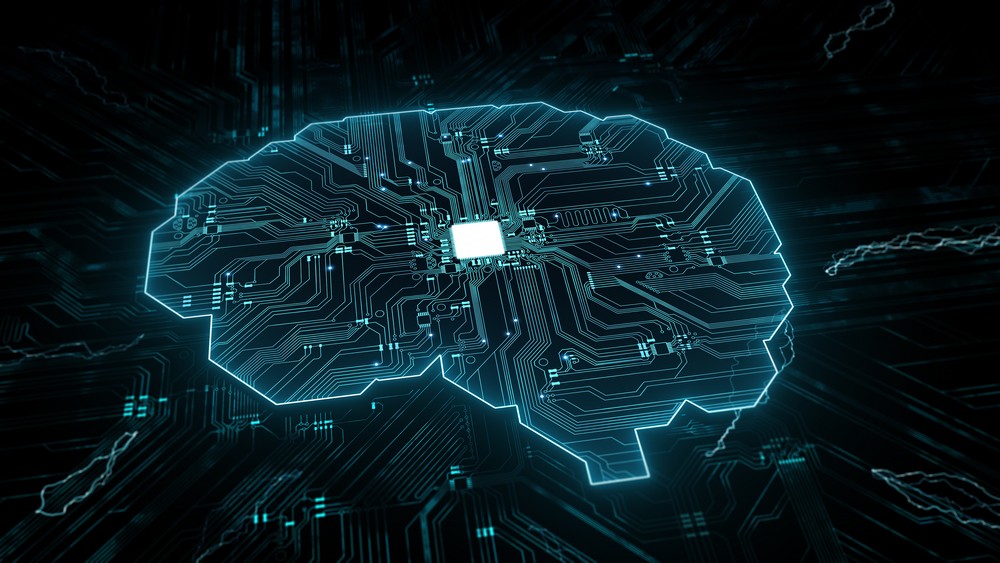Surprisingly, considering the term was originally used in 1956, artificial intelligence (AI) has become the buzzword of 2023. Undoubtedly, films like 2004's I, Robot, which featured tense sequences of a robot takeover, spring to mind when most of us consider artificial intelligence. Even though it's anyone's guess whether sentient machines will dominate our futures, artificial intelligence (AI) is having a significant impact already. Whether you realise it or not, you've probably utilised AI at work and at home. Did you ever use spell check? or had you navigated to a meeting using Google Maps? You've then employed AI.
After almost 70 years of development, artificial intelligence has evolved into something far more important: generative AI. Using generative models, this technology may produce text, graphics, and other types of media. After gaining an understanding of the structure and patterns in the training data they receive, generative AI models produce new data with those same features.
An emerging danger?
And there is increasing alarm that generative AI is changing the workplace – and with it, it actually could take our jobs. Unlike automation which has taken jobs as wide ranging as factory workers to supermarket checkout operators, AI’s target is distinctly white-collar: journalists, lawyers, copywriters and screenwriters have all been identified as possible professions ripe for an AI overhaul. In fact, investment bank Goldman Sachs recently warned that AI could replace the equivalent of 300 million full-time jobs.
Happily, alongside the alarm, there is to be found considerable support for how AI could change the workplace for the better.
The outcome for the workforce
For employees themselves, much of the focus is on how AI can take away the bulk of data entry, research and coding – freeing up employees to focus on the more rewarding, higher-value work that makes them feel fulfilled. The productivity of AI may boost our workplaces, which will benefit people by enabling them to do more (and better) work. As the future of AI replaces tedious or dangerous tasks, the human workforce is liberated to focus on tasks which tap into our emotional humanity, such as those requiring creativity and empathy. As more and more of the mundane tasks people are required to do in the name of productivity become automated using AI, people will be free to do what we all do best and what makes us happiest: creative problem-solving, giving us all more rewarding jobs.
Amid the fears about a robot takeover, one point is often overlooked: that it is us humans who are needed to help these machines function. In many cases, AI will rely on human backup in complex situations, and to provide human empathy when it is needed. Also, despite the misconception that automation and AI decreases career opportunities, it may actually prompt a huge spike in new jobs. According to the World Economic Forum Future of Jobs Report, 97 million new jobs will be created by 2025 due to AI – far more than the number of jobs AI may replace.
The outcome for businesses
For business themselves, with a multitude of diverse and expanding use cases, AI has emerged as a powerful tool for achieving enterprise-wide transformation. Deploying AI at scale enables organisations to streamline operations, enhance decision-making, and swiftly adapt to changes. By embracing AI across the enterprise, businesses can maximise efficiency and drive sustainable growth – particularly in an economy as challenging as the one many countries around the world are currently battling.
However, organisations need to balance the transformative power of AI with the protection of sensitive information. Some businesses have already banned the use of AI-powered chatbots by their employees amid concerns about sensitive internal information being leaked on such platforms.
The trade-off in AI
Large organisations are faced with new decisions over whether the benefits of generative artificial intelligence (AI) exceed potential copyright and security issues as the use of AI becomes more prominent. While they attempt to gain a deeper understanding of the technology, some organisations have already implemented internal prohibitions on generative AI tools; others, meantime, have started introducing the technology to staff members in their own unique methods.
Many workplaces have started incorporating generative AI tools into their workflow, despite certain reservations. Organisations may use AI's potential while protecting important data by following moral guidelines and implementing strong data security procedures.
There's still just one thing to know: AI is here to stay, even though it comes with hurdles to overcome. For the sake of all of us, humans must take care to monitor and control the advancement of AI technology as it develops.




